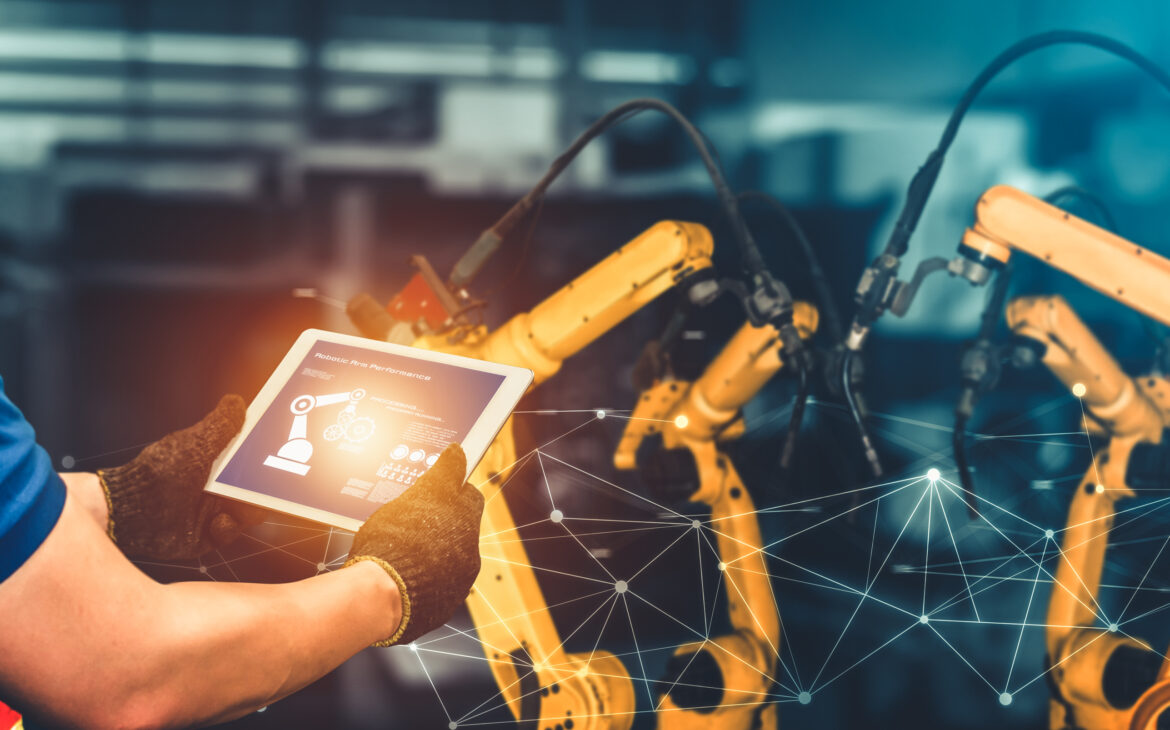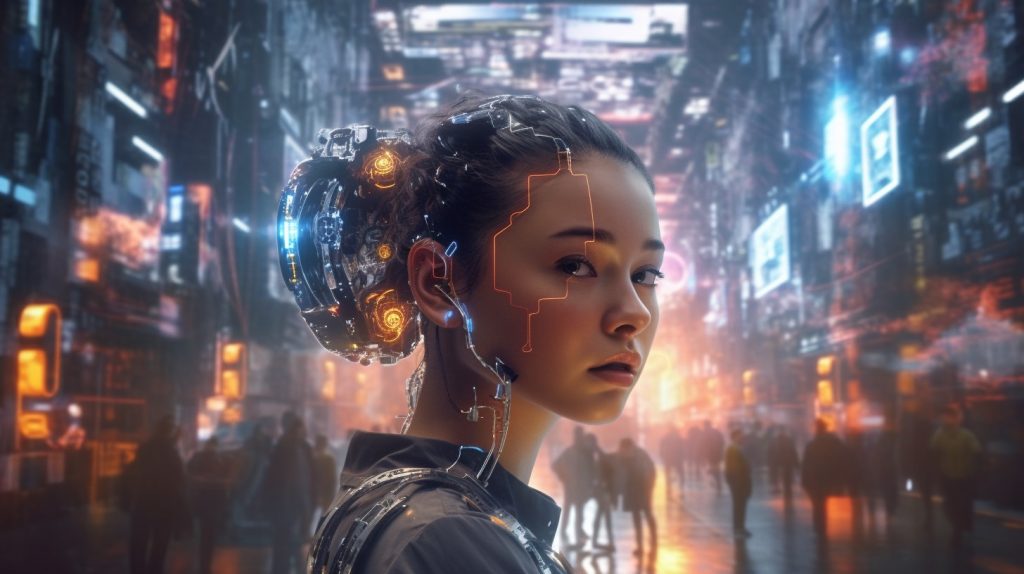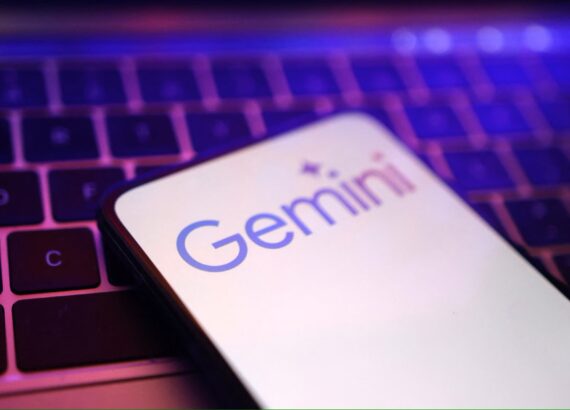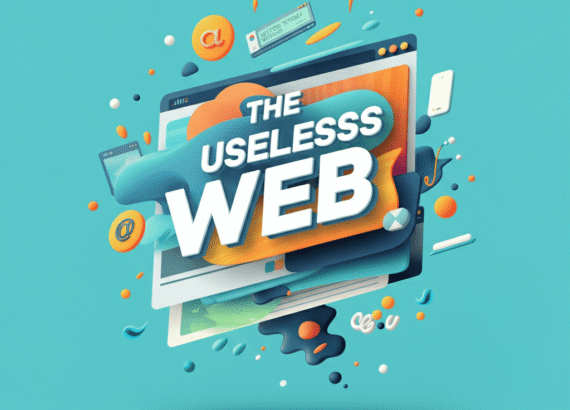Breath-Taking Masterpieces Created by AI: Is Creativity a Human Trait Anymore?
The rapid advancement of artificial intelligence (AI) has permeated various sectors, reshaping industries in unimaginable ways. One arena that has experienced a significant transformation is the realm of creativity and artistic expression. From generating music compositions to painting mesmerizing artworks, AI has shown its capacity to emulate and even surpass human creative abilities.
This article delves into the breathtaking masterpieces created by AI, raising the fundamental question: Is creativity still solely a human trait, or has AI reshaped the boundaries of artistic innovation? By exploring the evolution of AI in art, analyzing AI-generated masterpieces, and engaging in the debate around the true nature of creativity, we aim to navigate the complex intersection between human and AI creativity, while examining the ethical implications and contemplating the future of artistic expression in an AI-dominated era.
1. Introduction: The Rise of AI in Creative Industries
When we think of art and creativity, we often picture a solitary painter in a studio or a writer labouring over a manuscript. But in the age of artificial intelligence (AI), the lines between human creativity and machine-generated art are becoming increasingly blurred. AI has made its way into various creative industries, transforming the way we create and appreciate art.
From music composition to fashion design, AI is revolutionizing the creative process. Algorithms can now generate captivating melodies, create stunning visual art, and even write compelling stories. This unprecedented integration of technology into creativity raises an important question: Is creativity still exclusively a human trait, or can machines now claim a share of the creative spotlight?
2. The Evolution of AI in Art: From Assistance to Autonomous Creation
Advancements in AI: From Machine Learning to Generative Adversarial Networks (GANs)
AI’s journey in the realm of art began as a tool to assist artists in their creative endeavours. It provided artists with new tools and techniques to enhance their artistic expression. For example, AI algorithms can analyze vast amounts of data to suggest colour palettes, and composition possibilities, or even generate preliminary sketches based on an artist’s input.
However, AI’s role in art quickly evolved, thanks to advancements in machine learning and the development of techniques like Generative Adversarial Networks (GANs). GANs enable AI algorithms to autonomously generate original art by learning from vast datasets. These algorithms can create paintings, sculptures, and even poetry that can rival human-made works in terms of aesthetics and emotional impact.
3. Exploring AI-Generated Masterpieces: Unveiling the Creative Potential
Analysis of AI-Generated Art: Aesthetics, Styles, and Themes
AI-generated artworks have captivated audiences and raised eyebrows in equal measure. From mesmerizing paintings to abstract sculptures, these creations push the boundaries of what we traditionally consider “art.” AI’s immense computational power allows it to explore countless possibilities, resulting in unique and thought-provoking pieces.
When analyzing AI-generated art, we find that it encompasses a wide range of styles and themes. Some AI algorithms focus on replicating existing artistic movements, creating works that resemble famous paintings from different periods. Others generate entirely new styles, blending elements from multiple genres to create something entirely novel. The unpredictable nature of AI-generated art brings excitement and new perspectives to the world of creativity.

4. Debating Creativity: Can Machines Truly Emulate Human Artistic Expression?
Arguments For and Against AI as a Creative Being
The rise of AI in creative industries raises profound questions about the nature of creativity itself. Psychologists, philosophers, and neuroscientists have long debated the definition of creativity and its association with human cognition and consciousness. Can machines truly possess the essence of creativity that defines human artistic expression?
The Turing Test, designed to assess a machine’s ability to exhibit intelligent behaviour indistinguishable from that of a human, presents an intriguing framework for evaluating AI’s artistic abilities. Can an AI-generated masterpiece evoke the same emotional response as a painting by a celebrated artist? Does it matter if the creator is human or machine, as long as the final result is captivating and meaningful?
Arguments for and against AI as a creative being abound. Some argue that AI lacks the emotional depth and nuanced understanding of the human experience necessary for genuine artistic expression. Others see AI as a catalyst for new and exciting forms of creativity, expanding the boundaries of what is possible in art.
As AI continues to advance, the debate surrounding its role in creativity will undoubtedly intensify. Whether machines can truly emulate human artistic expression or carve out a unique creative space of their own, one thing is certain: the breathtaking masterpieces emerging from the creative fusion of human and artificial intelligence will continue to captivate and challenge us.
5. The Intersection of Human and AI Creativity: Collaborations and Coexistence
Human-AI Collaborative Art: Examples and Success Stories
In the world of art, humans and AI are finding common ground and creating together. Collaborative projects between artists and artificial intelligence have yielded astonishing results. One notable example is the collaboration between the French artist, Pierre Barreau, and an AI algorithm named “AIVA.” Together, they compose beautiful music that captures both human emotions and the computational genius of AI. These projects show that when humans and AI work together, the possibilities are endless.
Blurring the Boundaries: The Role of Human Curators in AI-Generated Art
As AI-generated art gains recognition and popularity, the role of human curators becomes even more significant. The expertise and discernment of human curators are essential to selecting and presenting AI-generated artworks that have artistic and conceptual value. Human curators act as guides, offering interpretations and context that help audiences connect with AI-generated art. They play a crucial role in preserving and curating this new form of artistic expression.
6. Ethical Implications and Controversies: Ownership, Authenticity, and Originality
Ownership and Attribution: Navigating the Legal Landscape of AI-Generated Art
With AI-generated art, questions arise regarding ownership and attribution. Who owns the rights to an artwork created by an AI? Is it the programmer, the AI itself, or the person who constructed the dataset? Navigating the legal landscape surrounding AI art is a complex task that requires careful consideration of intellectual property laws and the involvement of legal experts. As the AI art field evolves, establishing clear guidelines for ownership and attribution becomes crucial.
Authenticity and Originality: Examining the Value of Human Touch in Art
While AI is capable of creating stunning artworks, the value of the human touch remains a topic of discussion. Many argue that the emotional and intellectual depth that human artists bring to their creations cannot be replicated by AI. The imperfections and uniqueness of human-made art hold a special place in our perception of authenticity and originality. It is important to consider how AI-generated art intersects with these qualities and what it means for the art world as a whole.
Plagiarism and Copyright Infringement: Challenges in the AI Art World
The rise of AI-generated art also brings challenges related to plagiarism and copyright infringement. As AI algorithms are trained on vast datasets, AI-generated artworks can resemble existing pieces closely. This raises questions about the boundaries between inspiration and plagiarism in the AI art world. Artists, programmers, and legal experts must address these challenges to ensure fair and ethical practices in the creation and dissemination of AI-generated art.
7. The Future of Creativity: Predictions and Possibilities in an AI-dominated Era
AI as a Catalyst for Creativity: Enhancing Human Potential
While AI has the potential to generate remarkable art, its true power lies in its ability to enhance human creativity. AI algorithms can assist artists by offering new perspectives, generating ideas, and speeding up the creative process. This partnership between human creativity and AI innovation may unlock new realms of artistic exploration and push the boundaries of what we consider possible in the world of art.
Impacts on the Artistic Landscape: Transformations and Adaptations
The integration of AI into the artistic landscape will undoubtedly bring transformative changes. Traditional artistic mediums may coexist with new digital expressions, and boundaries between disciplines may dissolve. Artists will have to adapt to this evolving landscape, embracing AI as a tool for artistic exploration and innovation. The art world itself will undergo shifts as the boundaries of creativity expand, offering exciting possibilities for artists and audiences alike.
Speculations and Ethical Considerations for an AI-driven Creative Future
As we look ahead into an AI-dominated era, ethical considerations become paramount. Questions of AI bias, algorithmic transparency, and equitable access to AI tools require urgent attention. It is essential that we collectively engage in discussions and establish ethical guidelines for the use of AI in creative endeavours. By shaping an AI-driven creative future with conscious decision-making, we can ensure that technology serves as a tool that empowers and elevates the human creative spirit.
In conclusion, the emergence of AI-generated masterpieces challenges our traditional notions of creativity and forces us to reconsider the role of humans in the creative process. While AI demonstrates immense potential in generating awe-inspiring artworks, the debate surrounding the essence of creativity remains open.
As we navigate this evolving landscape, it is crucial to address the ethical implications, ensure appropriate attribution and ownership, and foster collaborations that harness the strengths of both human and AI creativity. As we venture into the future, the symbiotic relationship between humans and AI opens up new possibilities for artistic expression, pushing the boundaries of innovation and reshaping the artistic landscape in unprecedented ways.
FAQ
1. Can AI truly be creative?
Defining creativity is complex, but AI has demonstrated the ability to generate art and music that evoke emotions and spark inspiration. While some argue that AI is merely replicating patterns and lacks the depth of human creativity, others believe that AI can indeed exhibit creative behaviour. The ongoing debate highlights the need to reevaluate our understanding of creativity in light of AI’s capabilities.
2. Will AI replace human artists?
AI is not poised to replace human artists, but rather to augment and collaborate with them. AI can assist artists in exploring new possibilities, overcoming creative blocks, and pushing the boundaries of artistic expression. Human artists bring unique perspectives, emotions, and experiences that AI cannot replicate, emphasizing the value of human creativity in an AI-dominated era.
3. What are the ethical considerations surrounding AI-generated art?
The rise of AI-generated art raises several ethical questions. Issues such as ownership, attribution, authenticity, and copyright infringement require careful examination. Determining the rights and responsibilities surrounding AI-generated artworks, as well as establishing guidelines for their use and commercialization, will be crucial in ensuring a fair and ethical landscape for AI-generated art.
4. How will AI impact the future of creativity?
The future of creativity will be shaped by the coexistence and collaboration between humans and AI. AI has the potential to unlock new artistic possibilities, inspire innovation, and democratize access to creative tools. However, it also poses challenges, such as potential job displacement and questions about the role of human creators. Navigating these complexities will require a thoughtful approach that balances the benefits of AI with the preservation of human creativity.
Thank you for reading 🙂
Get up to 70% Discount on Amazon Electronic Products
If you want to build your website at an affordable price contact: www.nextr.in
Read this: Top 8 Apps Every Entrepreneur Needs


















